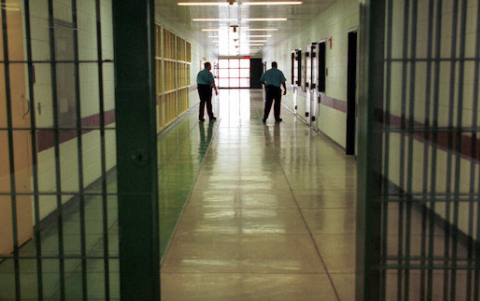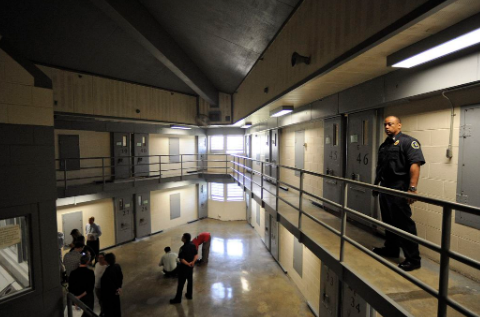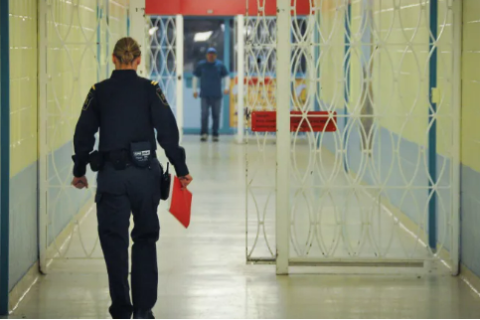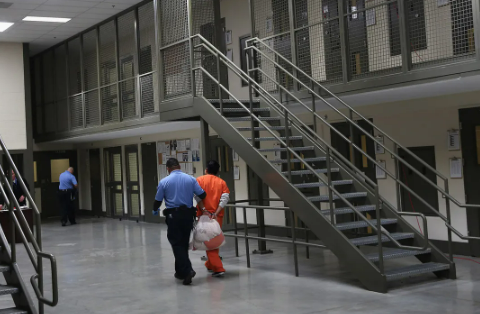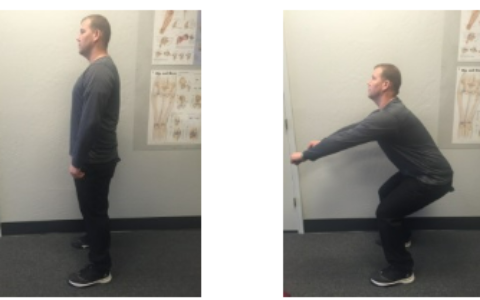As explained on the Correctional Officer Edu site, federal and state correctional officers are required to complete a comprehensive and often rigorous course of training after they are hired. It is important for them to be given pre-service and in-service training. And the question is, how hard is correctional officer training? Here is the explanation about it according to the Correctional Officer Edu site.
The Location of Training
Usually, state correctional officers are trained in training facilities which are maintained and operated by the state’s department of corrections. Often , lodging and meals are provided by the training academies for officers who are involved in training.
The Things Taught in Basic Correctional Officer Training
The same set of skills and knowledge must be mastered by all correctional officers who are employed in the state. As explained on the Correctional Officer Edu site, pre-service training is comprehensive and the programs are broad. Usually, pre-service training lasts from 4 to 6 weeks where new correctional officers will receive training from basic first aid to defensive tactics and the standards for use of force.
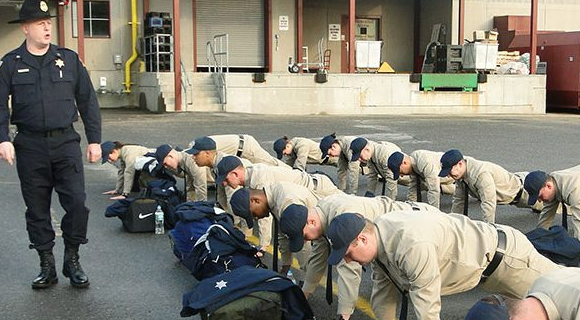
The Physical Requirements of Basic Correctional Officer Training
As a correctional officer, you must have a good physical condition so that you are able to do your jobs properly. So, physical training is a major component of basic officer training. Before you work in a state correctional agency, you will have to do a basic physical agility test where it assesses your physical abilities and your ability to complete the training required during basic academy training. There are a lot of state correctional institutions which provide new recruits with a training schedule with the aim to prepare for basic academy training.
The Requirements for Passing Academy Training
For new correctional officers, they will take a number of physical assessments and written exams throughout academy training. They need to pass all of them so that they are able to continue with academy training. The score to pass on academic exams and physical fitness assessments vary depending on the institution.
Some Common Programs or Topics Studied in Academy Training
As new correctional officer recruits, they may have to complete coursework such as chemical agents, firearms training, laws of arrest, arrest and control techniques, inmates rights, report writing, disciplinary process, inmate transportation, the use of force, and restraint devices.
The Ways to Survive Day One of the Correctional Officer Training Academy
According to an article by Major Luis R. Soto on the Corrections 1 site, here are the ways to survive day one of the correctional officer training academy.
- Parking Lot Perils
There is the first vehicle rolling into the parking lot of the Correctional Staff Training Academy grounds at 6:30 am. Specific instructions are given to the driver by the CO about where to park the vehicle, to stay inside the vehicle, to leave the side window of the driver down and to wait for further instructions. After every recruit is parked correctly there are loud instructions from a police vehicle’s PA system which instruct the driver to get out with their keys in hand and stand in front of their vehicle. The recruits who are dressed in their business attire stumble out of their vehicles. They try to get to the front of their cars quickly. They are instructed to move quickly and gather all the belongings that they brought in their vehicles for use while at the academy. They gather uniforms on hangers, shoes in boxes, luggage and bags out of their vehicles. They are gathered into lines with their belongings and marched to the barracks. They will spend there for the next 16 weeks in training. - Dormitory Distress
There are 20 bunk beds per dormitory. On each bed, there is a blanket, sheet, and a name identification magnetic tag. When the recruits arrive there, the officers scream to them to put their belongings on their assigned bed and stand in front of it. CO then calls out one item at a time of the required list of things that recruits need to bring with them. The recruits get their luggage or bags to get each item. Note that penalties are issued for not moving with purpose when recruits try to be back at the position. If the recruits fail to meet the time constraints, there is a command, “Front leaning rest position move” is heard from officers which means that the recruit has to go down on the floor and assumes the push-up exercise position. Then, all of the recruits are asked to change out their business attire into blue uniforms in 60 seconds or less. - Classroom Challenges
After the recruits change their uniforms, then they are marched into a large classroom. An Academy Lieutenant greets them and also explains what is expected from them throughout their 16-week training where it will consist of classroom material and a lot of physical endurance. The rule book is read out so that everyone can understand the requirements to succeed. These will be the toughest weeks, but if the recruits give 100% effort and work as a team, they can succeed. The recruits can be fully fledged correctional officers after they pass the required exams on all subject matters, take part in physical training, learn defensive tactics, meet requirements at the firing range and complete on-the-job training during the last two weeks of the academy. - Mess Hall Mishaps
After around four hours of stressful incidents and orientation, then it’s time for lunch. If you think that it is the easy part in the training, you are wrong. Here, the recruits are assembled again in straight lines and they walk quickly to the entrance of the mess hall and they are told not to speak unless spoken to. After the food trays are filled, they go through a gauntlet of officers who direct them where to sit. All of the chairs at each table need to be filled before the whole table can sit down to eat. They eat in a hurry without talking because they have 30 minutes to eat. - End-Of-Day Reflections
The academy lieutenant asks whether there is anyone who feels they cannot continue with the training. If there is, they can stand and see the sergeant at the back of the classroom. If you want to work as a correctional officer, you must have mental fortitude and you have to aspire to make it a career. If you think that this exercise makes you think twice, it is better for you to withdraw and find another career path. In the afternoon, the recruits are introduced to their sergeant and officers who are responsible during the evening hours. The recruits are instructed about how the dormitories are supposed to look every morning before breakfast. They have to make their beds, sweep and mop the floors, clean the bathrooms, polish their shoes and boots, and organize lockers. These things must be done before 6 am. When the day is over, they have the chance to call someone and inform them that they are ok. Recruits are informed that it is not allowed to have cell phones in the barracks, there are pay phones that they can use after the training is over. Recruits go to bed at 10 pm.

A bookworm and researcher especially related to law and citizenship education. I spend time every day in front of the internet and the campus library.

